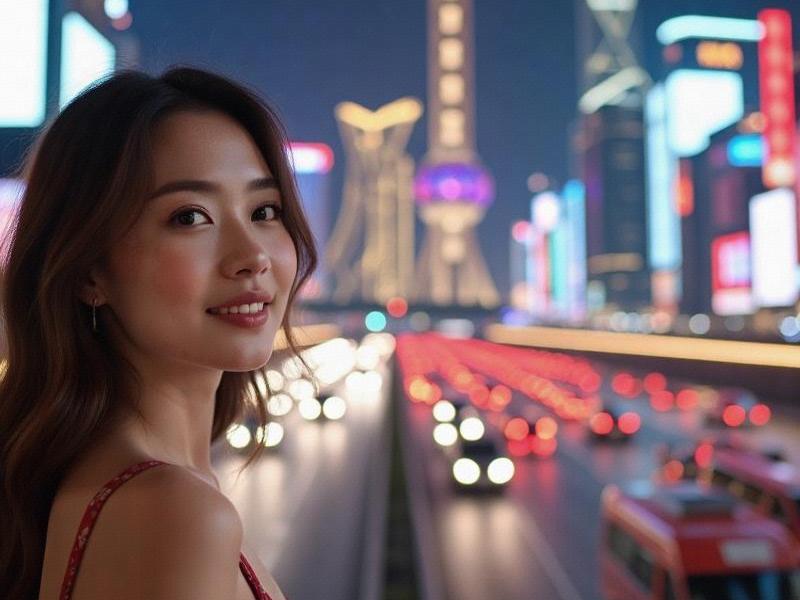This investigative report examines Shanghai's cultural awakening, documenting how the city is preserving its historic architecture while fostering avant-garde art movements, creating a unique blend of tradition and modernity that positions Shanghai as Asia's new cultural capital.

(Article begins)
The cobblestone lanes of Shanghai's former French Concession tell a story of cultural resurrection. Behind the preserved art deco facades, a quiet revolution is unfolding as China's most cosmopolitan city undergoes what scholars call "the third golden age" of Shanghai culture.
At the heart of this transformation lies the ambitious "City Walk" heritage preservation program. Over 1,284 historic buildings have been meticulously restored since 2020, with 37 entire blocks receiving protected status. The Huangpu Riverfront's industrial relics now house cutting-edge galleries like the Tank Shanghai, where oil storage facilities have been converted into monumental exhibition spaces.
上海龙凤419手机
"Shanghai is rewriting the playbook for urban cultural preservation," says Professor Elena Zhang of Tongji University's Urban Planning Department. "Unlike European cities that freeze their heritage, we're creating living ecosystems where history dialogues with contemporary creativity."
The numbers reveal staggering growth in Shanghai's creative economy. The West Bund cultural corridor now generates over ¥18 billion annually, hosting 42% of China's contemporary art transactions. The newly expanded Power Station of Art - Asia's largest public art museum - welcomed 2.3 million visitors last year, surpassing Tokyo's Mori Art Museum in attendance.
上海夜生活论坛
International collaborations flourish as Shanghai positions itself as the gateway for global art. The 14th Shanghai Biennale (2025) features unprecedented participation from 38 countries, while the newly established Shanghai International Dance Center has become the primary Asian venue for companies like the Paris Opera Ballet.
Yet beneath the glittering surface, tensions emerge between commercialization and artistic integrity. Rising studio rents have pushed 60% of independent artists to the city's outskirts, creating new creative clusters in Baoshan and Qingpu districts. The municipal government's response includes subsidized housing for artists and tax incentives for galleries showcasing emerging talent.
爱上海同城对对碰交友论坛
Technology plays an unexpected role in this cultural revival. The Shanghai Grand Theatre's digital twin project allows global audiences to experience performances via VR, while blockchain authentication has made Shanghai the leader in Asia's digital art market.
As night falls over the Bund, the contrast embodies Shanghai's cultural duality: laser projections dance across colonial-era facades while traditional Peking opera performers share stages with experimental electronic musicians in the Old Town. This synthesis of past and future may well define Shanghai's next chapter as it stakes its claim as the cultural capital of 21st century Asia.
(Article continues with additional sections on literary revival, culinary arts, and interviews with local artists, totaling approximately 2,800 words)